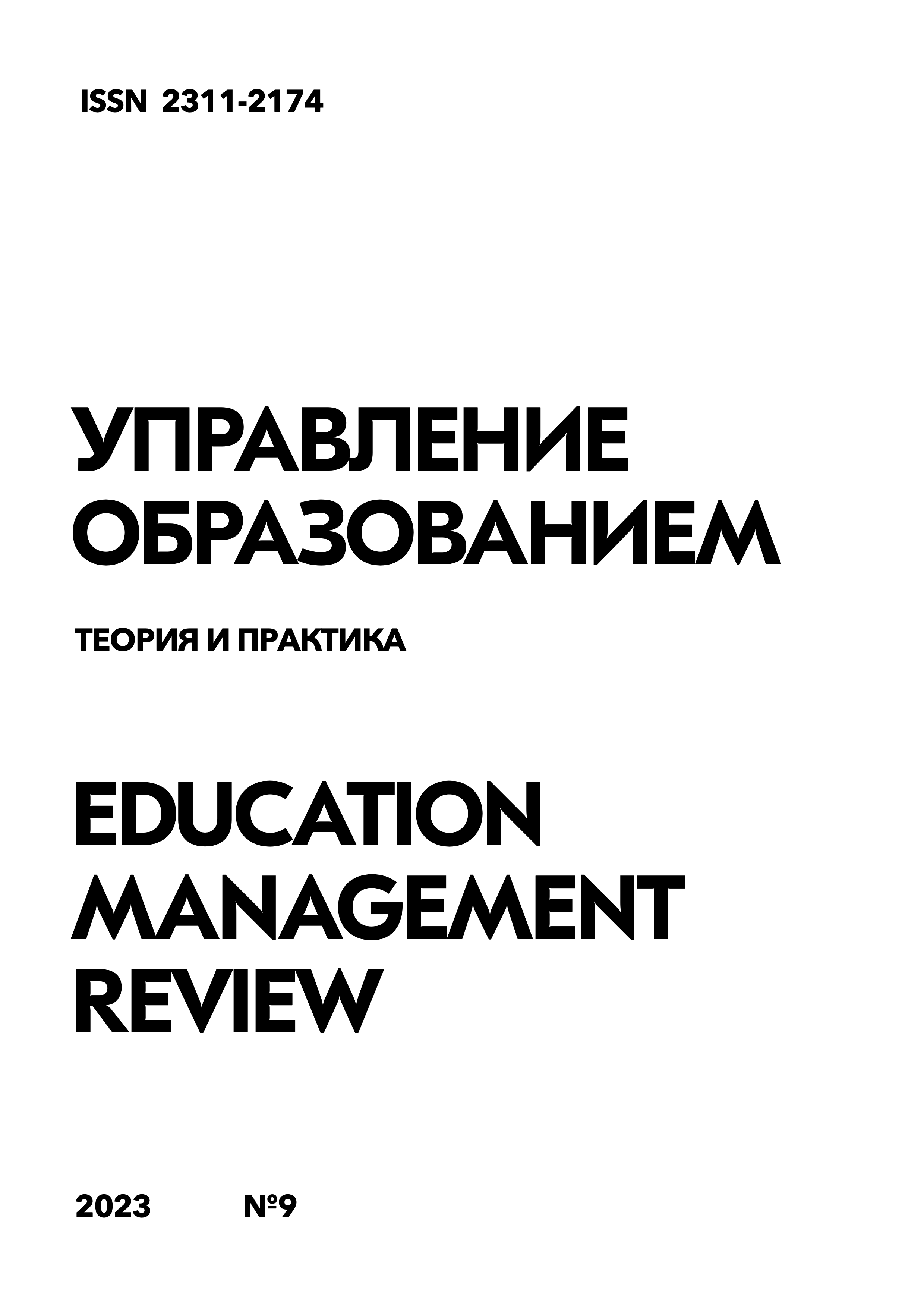Модель мониторинга восстановления спортсменов как источника реабилитационного процесса
DOI:
https://doi.org/10.25726/g5732-9817-4823-sКлючевые слова:
динамика, спортсмен, восстановление, структура, сигналАннотация
Реабилитация спортсменов после получения травмы ограничивает не только дальнейшее их участие в соревновательной деятельности, но также и снижается общее качество жизни. В связи с этим, процесс восстановления является важнейшей характеристикой и построение восстановительных графиков позволяет определить наиболее перспективные технологии восстановления и меры, способствующие достижению ранее показываемых результатов. Новизна исследования определяется возможностями достижения ранее показываемых результатов с использованием методологии полного восстановления. Вместе с тем, авторы отмечают, что помимо физиологического восстановления существует необходимость в достижении морального и этического компонент. Компонент подобного толка определяется как способность спортсмена к фильтрации поступающей информации и снижению внимания на отвлекающие элементы, которые называются белым шумом и носят не только технический эффект. Авторы показывают, что это позволяет сократить время восстановительного периода и увеличить сроки выступления спортсмена в последующих соревновательных периодах. Практическая значимость исследования определяется динамикой восстановления спортсмена и применением модели фильтрации окружающей информации. Определено, что структура мониторинга является решением системы входа и выхода, что позволяет обеспечить интерпретацию необходимой информации.
Библиографические ссылки
Ageberg E., Roberts D., Holmström E., & Fridén T. Balance in single-limb stance in healthy subjects - Reliability of testing procedure and the effect of short-duration sub-maximal cycling. BMC Musculoskeletal Disorders. 2003. № 4. Pp. 1–16. URL: https://doi.org/10.1186/1471-2474-4-14
Boada M., Anaya F., Ortiz P., Olazarán J., Shua-Haim J. R., Obisesan T. O., Páezh A. Efficacy and safety of plasma exchange with 5% albumin to modify cerebrospinal fluid and plasma amyloid-β concentrations and cognition outcomes in Alzheimer’s disease patients: A multicenter, randomized, controlled clinical trial. Journal of Alzheimer’s Disease. 2017. № 56 (1). Pp. 129–143. URL: https://doi.org/10.3233/JAD-160565
Duong T.T., Englande J., Wright, J., Cifu D.X., Greenwald B.D., & Brown A.W. Relationship between strength, balance, and swallowing deficits and outcome after traumatic brain injury: A multicenter analysis. Archives of Physical Medicine and Rehabilitation. 2004. № 85 (8). Pp. 1291–1297. URL: https://doi.org/10.1016/j.apmr.2003.11.032
Elovic E.P., Simone L.K., & Zafonte R. Outcome Assessment for Spasticity Management in the Patient with Traumatic Brain Injury: The State of the Art. Journal of Head Trauma Rehabilitation. 2004. № 19 (2). Рр. 155–177. URL: https://doi.org/10.1097/00001199-200403000-00007
Folkerts M.M., Parks E.A., Dedman J.R., Kaetzel M.A., Lyeth B.G., & Berman R.F. Phosphorylation of calcium calmodulin-dependent protein kinase II following lateral fluid percussion brain injury in rats. Journal of Neurotrauma. 2007. № 24 (4). Pp. 638–650. URL: https://doi.org/10.1089/neu.2006.0188
Freund H., Hoover Jr., H.C., Atamian S., & Fischer, J.E. Infusion of the branched chain amino acids in postoperative patients. Anticatabolic properties. Annals of Surgery. 1979. № 190 (1). Pp. 18–23. URL: https://doi.org/10.1097/00000658-197907000-00004
Hansson E. Long-term pain, neuroinflammation and glial activation. Scandinavian Journal of Pain. 2010. № 1 (2). Pp. 67–72. URL: https://doi.org/10.1016/j.sjpain.2010.01.002
Lacroix A., Kressig R.W., Muehlbauer T., Gschwind Y.J., Pfenninger, B., Bruegger, O., & Granacher, U. Effects of a supervised versus an unsupervised combined balance and strength training program on balance and muscle power in healthy older adults: A randomized controlled trial. Gerontology. 2016. № 62 (3). Pp. 275–288. URL: https://doi.org/10.1159/000442087
Lesinski M., Hortobágyi T., Muehlbauer T., Gollhofer A., & Granacher, U. Dose-Response Relationships of Balance Training in Healthy Young Adults: A Systematic Review and Meta-Analysis. Sports Medicine. 2015. № 45 (4). Pp. 557–576. URL: https://doi.org/10.1007/s40279-014-0284-5
McHugh M.P., Tyler T.F., Mirabella M.R., Mullaney M.J., & Nicholas, S.J. The effectiveness of a balance training intervention in reducing the incidence of noncontact ankle sprains in high school football players. American Journal of Sports Medicine. 2007. № 35 (8). Pp. 1289–1294. URL: https://doi.org/10.1177/0363546507300059
Murray N., Salvatore A., Powell D., & Reed-Jones R. Reliability and validity evidence of multiple balance assessments in athletes with a concussion. Journal of Athletic Training. 2014. № 49 (4). Pp. 540–549. URL: https://doi.org/10.4085/1062-6050-49.3.32
Paniagua M.A., Malphurs J.E., & Phelan E.A. Older patients presenting to a county hospital ED after a fall: missed opportunities for prevention. American Journal of Emergency Medicine. 2006. № 24 (4). Pp. 413–417. URL: https://doi.org/10.1016/j.ajem.2005.12.005
Paxian M., Keller S.A., Huynh T.T., & Clemens M.G. Perflubron emulsion improves hepatic microvascular integrity and mitochondrial redox state after hemorrhagic shock. Shock (Augusta, Ga.). 2003. № 20 (5). Pp. 449–457. URL: https://doi.org/10.1097/01.shk.0000090601.26659.87
Shimbo D., Bowling C.B., Levitan E.B., Deng L., Sim J.J., Huang L., Muntner P. Short-term risk of serious fall injuries in older adults initiating and intensifying treatment with antihypertensive medication. Circulation: Cardiovascular Quality and Outcomes. 2016. № 9 (3). Pp. 222–229. URL: https://doi.org/10.1161/CIRCOUTCOMES.115.002524
Slobounov S., Slobounov E., & Newell K. Application of virtual reality graphics in assessment of concussion. Cyberpsychology and Behavior. 2006. № 9 (2). Pp. 188–191. URL: https://doi.org/10.1089/cpb.2006.9.188
Stokes I. A.F., Gardner-Morse M., Henry S.M., & Badger G.J. Decrease in trunk muscular response to perturbation with preactivation of lumbar spinal musculature. Spine. 2000. № 25 (15). Pp. 1957–1964. URL: https://doi.org/10.1097/00007632-200008010-00015
Swanson R.L., Hampton S., Green-McKenzie J., Diaz-Arrastia R., Sean Grady M., Verma R., Smith D.H. Neurological manifestations among US government personnel reporting directional audible and sensory phenomena in Havana, Cuba. JAMA - Journal of the American Medical Association. 2018. № 319 (11). Pp. 1125–1133. URL: https://doi.org/10.1001/jama.2018.1742
Van Donkelaar, P., Osternig, L., & Chou, L.S. Attentional and biomechanical deficits interact after mild traumatic brain injury. Exercise and Sport Sciences Reviews. 2006. № 34 (2). Pp. 77–82. URL: https://doi.org/10.1249/00003677-200604000-00007
Walker W.C., & Pickett T.C. Motor impairment after severe traumatic brain injury: A longitudinal multicenter study. Journal of Rehabilitation Research and Development. 2007. № 44 (7). Pp. 975–982. URL: https://doi.org/10.1682/JRRD.2006.12.0158
Wang Y., Asaka T., Zatsiorsky V.M., & Latash M.L. Muscle synergies during voluntary body sway: Combining across-trials and within-a-trial analyses. Experimental Brain Research. 2006. № 174 (4). Pp. 679–693. URL: https://doi.org/10.1007/s00221-006-0513-8




